In the world of oral health, myths and misconceptions abound. At Cuartas Advanced Dentistry, we’re committed to providing you with accurate information to enhance your dental knowledge and ensure you make informed decisions about your oral health. Join us as we debunk some of the most prevalent dental myths and separate fact from fiction.
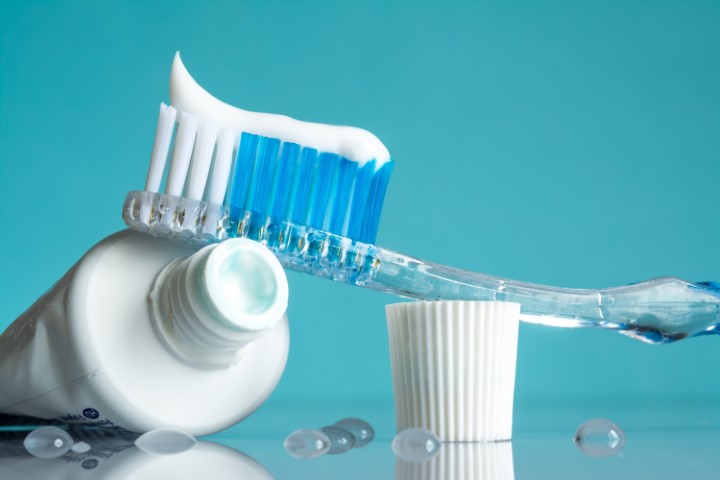
Myth 1: Brushing Harder Cleans Better
Fiction: Many believe that applying more pressure while brushing will result in cleaner teeth.
Fact: Brushing too hard can actually harm your teeth and gums. Aggressive brushing can wear down enamel and cause gum recession, leading to sensitivity and increased risk of cavities. The key to effective brushing is using a soft-bristled toothbrush and gentle, circular motions.

Myth 2: Sugar is the Only Cause of Cavities
Fiction: While sugar is often blamed as the sole culprit for cavities, it’s not the only factor.
Fact: Cavities are caused by acid-producing bacteria that feed on carbohydrates, including sugar. However, other starchy foods like bread, pasta, and even some fruits can also contribute to tooth decay. Regular brushing, flossing, and dental check-ups are essential for preventing cavities, regardless of your diet. Schedule your check-up today
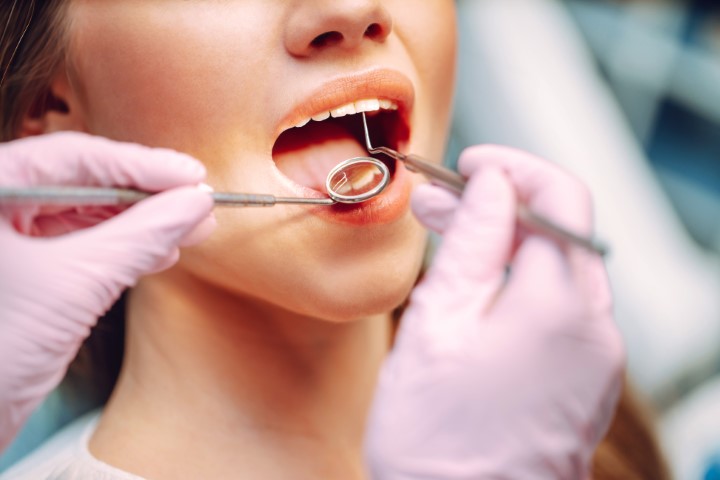
Myth 3: You Only Need to See a Dentist If You Have a Problem
Fiction: Some believe that dental visits are only necessary when there’s an obvious issue, such as pain or visible damage.
Fact: Regular dental check-ups are crucial for maintaining oral health and preventing problems before they become severe. Dentists can detect early signs of issues like gum disease, oral cancer, and cavities, ensuring prompt and effective treatment.
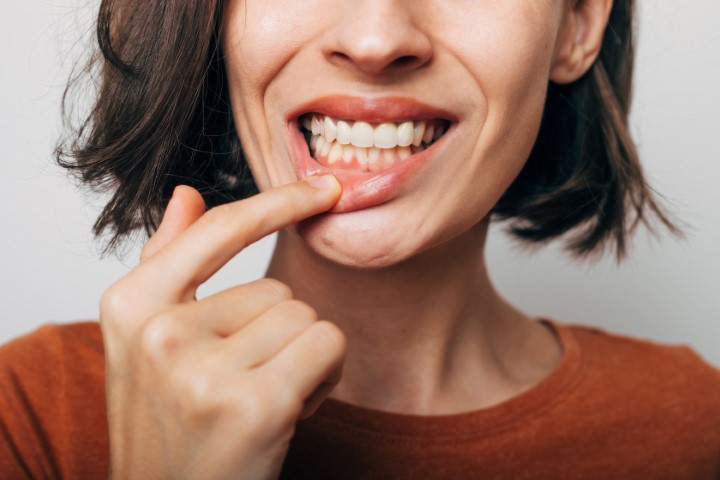
Myth 4: Bleeding Gums are Normal
Fiction: Many think that bleeding gums during brushing or flossing is normal and not a cause for concern.
Fact: Bleeding gums are often a sign of gum disease, which can range from mild gingivitis to more severe periodontitis. If you experience bleeding gums, it’s important to visit us for a thorough examination and appropriate treatment to prevent further complications.
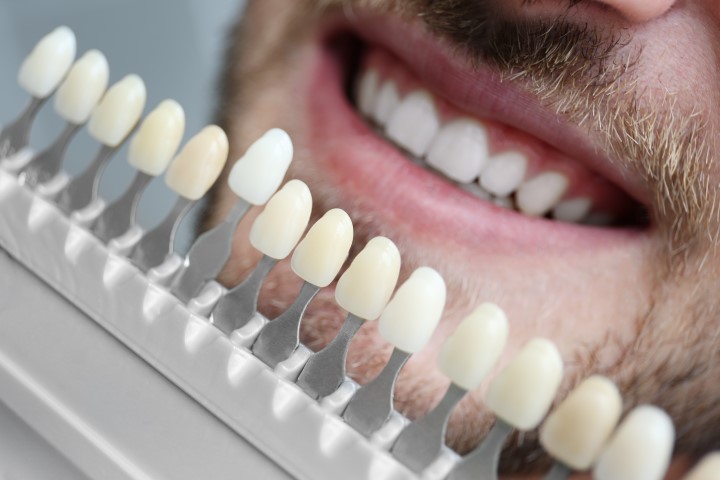
Myth 5: Whitening Toothpaste Can Whiten Your Teeth Significantly
Fiction: Whitening toothpaste promises to give you a dazzling smile, but the results are often exaggerated.
Fact: While whitening toothpaste can help remove surface stains, it typically does not contain the necessary bleaching agents to significantly whiten your teeth. For more dramatic results, professional whitening treatments, such as our Philips Zoom Whitening, are recommended.

Myth 6: Dental Health Doesn’t Affect Overall Health
Fiction: Some people believe that oral health issues are confined to the mouth and don’t impact the rest of the body.
Fact: Poor oral health is linked to several systemic conditions, including heart disease, diabetes, and respiratory infections. Inflammation and bacteria from gum disease can enter the bloodstream, affecting overall health. Maintaining good oral hygiene and regular dental visits are vital for your overall well-being.

Myth 7: Baby Teeth Don’t Need Much Care Since They’ll Fall Out Anyway
Fiction: It’s a common misconception that baby teeth don’t require much attention because they are temporary.
Fact: Baby teeth play a crucial role in a child’s development, including speech, chewing, and guiding permanent teeth into place. Neglecting baby teeth can lead to cavities, infections, and alignment issues for adult teeth. Proper dental care from an early age sets the foundation for a lifetime of healthy smiles.

Myth 8: Bad Breath Means Poor Hygiene
Fiction: Many believe that bad breath is always a result of poor oral hygiene.
Fact: While poor hygiene can cause bad breath, it can also be a symptom of underlying health issues such as gum disease, dry mouth, or gastrointestinal problems. If you experience persistent bad breath despite good oral hygiene, contact us to identify the cause and appropriate treatment.
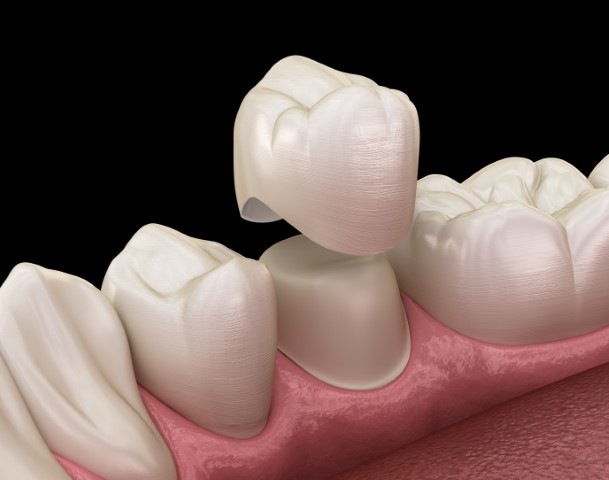
Myth 9: You Can’t Get Cavities Under Fillings or Crowns
Fiction: Some think that once a tooth has a filling or crown, it’s immune to cavities.
Fact: Teeth with fillings or crowns can still develop cavities, especially around the edges where the restoration meets the natural tooth. Regular dental visits and good oral hygiene are essential to monitor and maintain the health of these restored teeth.
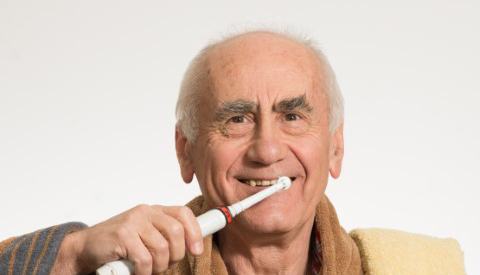
Myth 10: Electric Toothbrushes are Only for Lazy People
Fiction: There’s a notion that electric toothbrushes are just a convenience for those who don’t want to brush manually.
Fact: Electric toothbrushes can be more effective at removing plaque and reducing gingivitis than manual brushing. They are particularly beneficial for individuals with limited dexterity, such as the elderly or those with arthritis, ensuring a thorough clean with minimal effort.
Conclusion
Dispelling these common dental myths helps you make informed decisions about your oral health. At Cuartas Advanced Dentistry, we’re dedicated to providing you with accurate information and exceptional dental care to keep your smile healthy and radiant. Regular check-ups, proper oral hygiene, and a proactive approach to dental care can significantly improve your overall well-being.
Ready to learn more? Visit our blog for additional insights and tips on maintaining optimal oral health. And don’t forget to schedule your next appointment with Dr. Sandra Cuartas and her team for personalized, expert care.